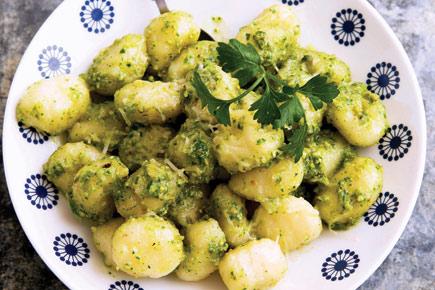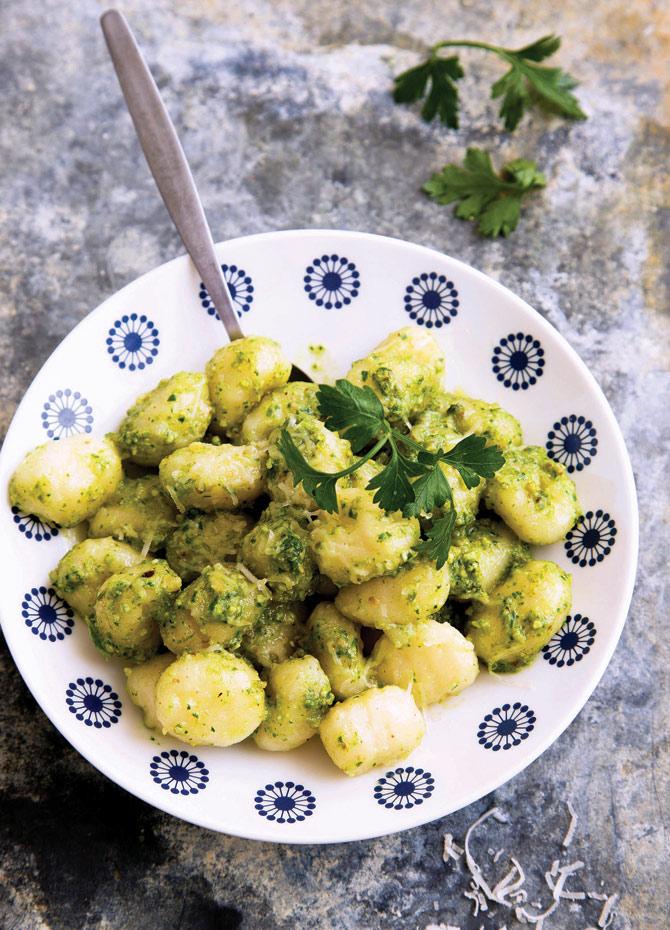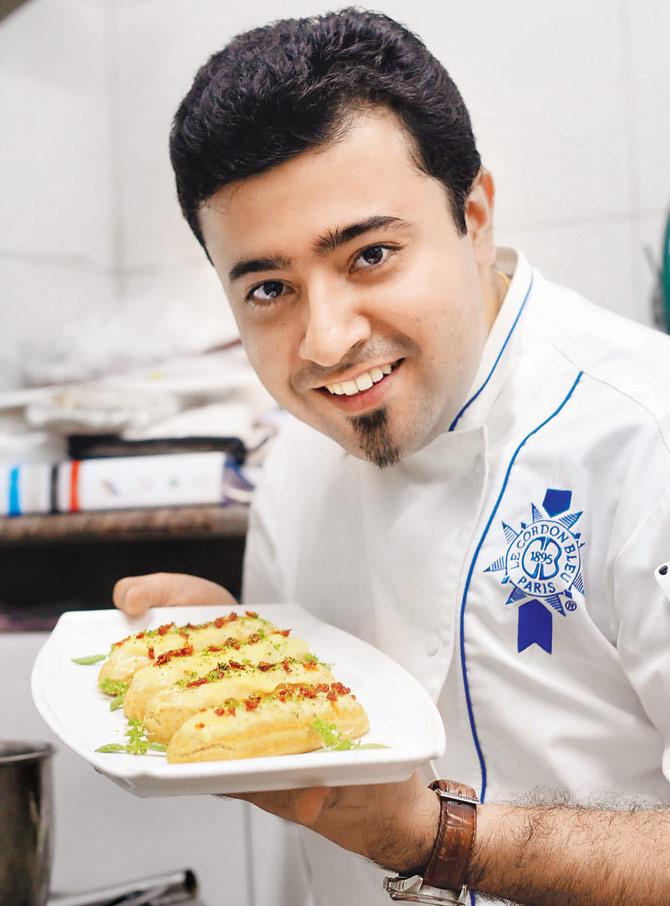With every part of the country having a distinct culinary heritage, it is no wonder that Croatian food is referred to as a cuisine of the regions...

Gnocchi
![]() 1 With every part of the country having a distinct culinary heritage, it is no wonder that Croatian food is referred to as a cuisine of the regions. The nation’s culinary diversity can be attributed to its central location on the map of Europe, with several culinary giants as neighbours (including those from across the Adriatic Sea). The difference in ingredients and cooking is notable between the mainland and the coast.
1 With every part of the country having a distinct culinary heritage, it is no wonder that Croatian food is referred to as a cuisine of the regions. The nation’s culinary diversity can be attributed to its central location on the map of Europe, with several culinary giants as neighbours (including those from across the Adriatic Sea). The difference in ingredients and cooking is notable between the mainland and the coast.
ADVERTISEMENT
 Gnocchi with Pesto. Representation pic
Gnocchi with Pesto. Representation pic
2 The cuisine can be divided by region — Istria, Dalmatia, Dubrovnik, Lika, Gorski Kotar, Zagorje, Medimurje, Podravina, and Slavonija — each of which will serve you a varied smorgasbord. While a lot of dishes can be found all over Croatia, with a few differences, many others that are distinct to one particular region won’t necessarily be well known in other parts of the country.

Chef Abhay Sabharwal
3 The food along the Dalmatian coast draws influence from the cuisine of the Greeks, Romans and Illyrians. More recently, even Italian and French-inspired Mediterranean cuisine has made an appearance in Croatia. Because of this, the coastal food is characterised by the use of plenty of seafood, olive oil, fresh vegetables, herbs and spices, ham and wine. The coast is where you will find Pag cheese, Kvarner scampi and Ston oysters. Pasta and rizot (risotto) are also extremely popular in Croatian cuisine.

Chef Mirian-Stella Petric
4 The cuisine found further inland, in what is known as continental Croatia, has taken a little from every culture that it has come in contact with over the centuries, be it Hungarian, German, Turkish, Russian or Greek. It also has a heavy Slavic influence. The food in this region is known for its use of spices such as black pepper, paprika and garlic, as well as its incorporation of lard into dishes.
5 You will find both, peasant cooking (cucina povera) and bourgeois cooking in Croatia. Peasant cooking traditions make innovative use of basic pantry staples (cereals, dairy products, meat, fish and vegetables) and ways of cooking (stewing, grilling, roasting and baking). On the other hand, bourgeois cooking is expectedly more refined, involving the use of complicated procedures and selected herbs and spices.
Croatian Food Night is Tuning Fork’s first collaborative food event, with head chef Abhay Sabharwal bringing in Croatian chef Mirian-Stella Petric for the pop-up. Petric currently works as the head chef at Medley Restaurants by Andrew Rudd in Dublin, Ireland.
 Subscribe today by clicking the link and stay updated with the latest news!" Click here!
Subscribe today by clicking the link and stay updated with the latest news!" Click here!






